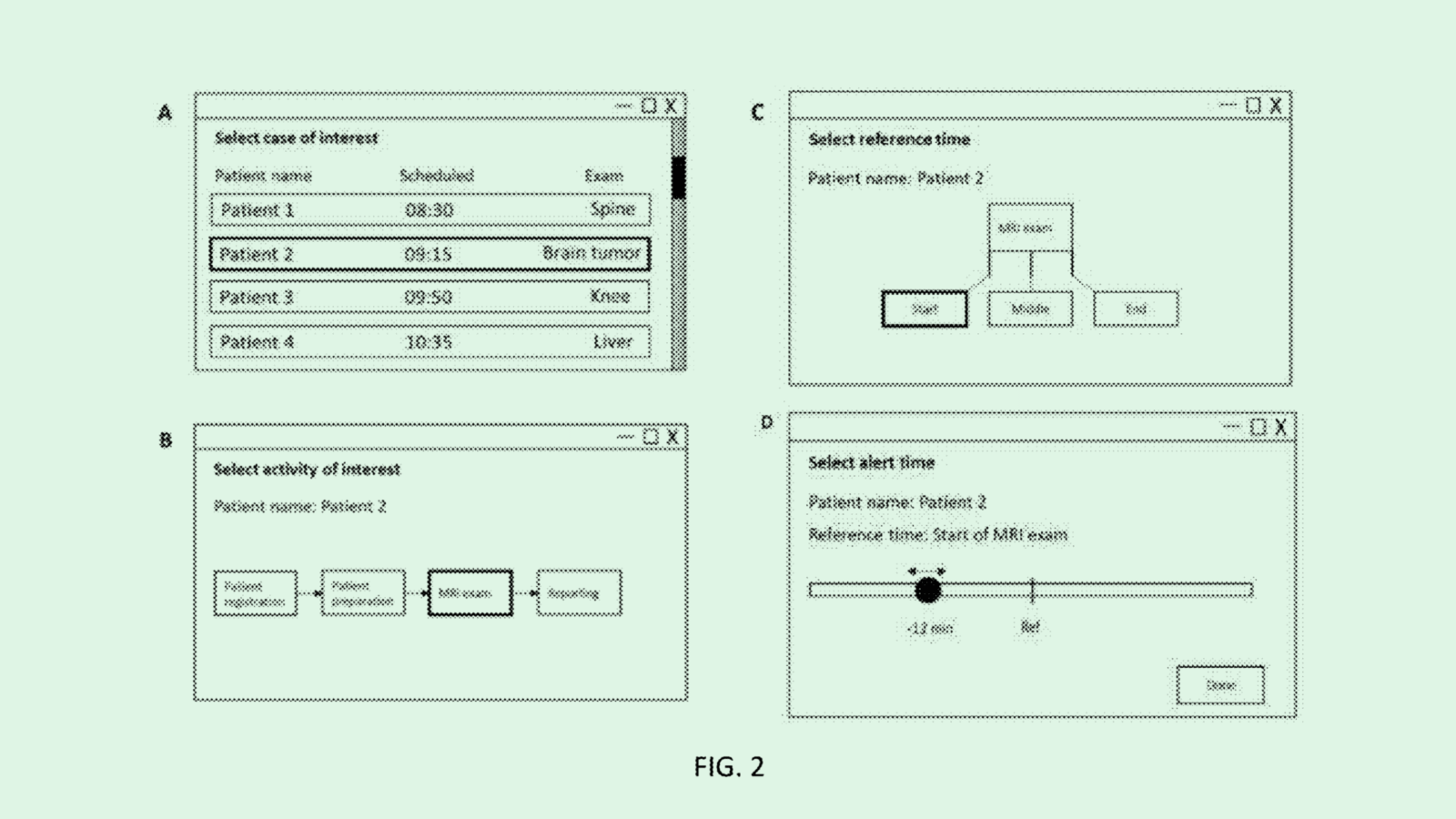An Accounting-Based Approach To Active Investing: Allspring Analyzes Balance Sheets To Find Value

Value investing means different things to different people. Some strategies are tied to finding “deep value,” or firms that are trading at or below liquidation value. There’s contrarian investing, tied to finding out-of-favor names that still exhibit long-term potential. Or asset-based, anchored in identifying terms with fixed capital bases that can support valuation. Each can have merit.
We sat down with Allspring’s Bryant VanCronkhite to discuss Allspring’s unique approach to value investing. Below is that conversation:
Q: The past few months have been some of the most volatile in the history of investing. Where would you say we are in this spin cycle and how are you suggesting that investors 1) think about the current environment and 2) position their allocations accordingly.
A: Volatility can trigger strong emotions including fear or confusion. But calm and rational investors are best suited to take advantage of opportunities arising from volatility. Most of the time, people try to solve for “when.” When will the Federal Reserve cut rates? When will the market bottom? My recommendation is to focus on the “what” questions. What can I do today to take a step closer to my long-term goals? What corner of the market offers a better risk/return tradeoff for my multi-year investment horizon? Focusing on the “what” helps remove the fear of timing and allow for the freedom to optimize long-term decisions.
Opportunities also exist in markets cast aside during the tremendous run of outperformance by U.S. large-cap growth companies, many of which make up a large portion of the S&P 500 Index1. Complacency was rewarded when a handful of stocks drove the index higher throughout 2024, but complacency becomes costly when a great rebalancing is underway. The value universes and small- and mid-cap stocks are providing attractive entry points today. Active growth managers are positioned to deftly navigate the diverging business models. Non-U.S. stocks also appear interesting, as headwinds have flipped to tailwinds in many countries.
Q: Growth has felt like the dominant theme in both the pandemic and post-pandemic era, with large cap tech accounting for such a large portion of overall market gains. How do you think about the growth vs. value tradeoff given today’s market condition?
A: Coming into 2025, growth stock valuations set a high bar for continued outperformance of a handful of stocks and with it the growth-over-value trade — especially as expected earnings per share growth rates for the Magnificent Seven2 started to look like those of the rest of the market. This was a challenging way to start the year. With the recent outperformance of value, investors are likely rewarded for owning both growth and value stocks. More importantly, we’re seeing divergent strategies and future return potentials of the Magnificent Seven and companies more broadly. Investing passively means being indifferent to this rapidly changing dynamic.
Growth stocks are generally appealing when broad economic growth is limited and investors seek clarity and confidence in companies with visible growth. However, when the economy is strengthening, value investing provides broad economic exposure to industries such as financials, industrials, and materials that benefit the most from economic tailwinds. Today’s fiscal, monetary, and geopolitical uncertainty isn’t offering adequate assurance to put all financial eggs into one basket or the other. This is a time for balance — not bravery — when it comes to allocating across growth and value in the U.S. equity market.
Q: A lot of analysts believe that AI is going to be a huge driver of value creation across the economy. How should value investors think about AI, and getting reasonably priced exposure to AI, in their portfolios?
A: The first phase of AI winners were the enablers such as the semiconductor chip companies, but even that success can be fleeting as growth in spending peaks and slows. We saw technology leaders spend tremendous capital as AI euphoria drove stock values in hope of new revenue models. But reality set in, and investors began to question whether investment returns would continue. Hopeful and eventual users of AI began pausing other technology investments as they waited for clarity on what the future held. These pauses slowed revenue growth for many companies in the technology ecosystem.
Companies talk about how AI will improve efficiency, reduce costs, and create better service models, but AI is unlikely to be a material differentiator in most industries because most companies will use it in the same way. This necessitates spending to remain competitive as opposed to gaining an advantage. Most companies are also likely to reinvest savings back into the business, which boosts economic growth but is unlikely to differentiate companies for most industries. Several business models may be obliterated by AI. Investors are better off avoiding these companies than seeking out unicorns. Investors in AI will win by not losing.
Q: Talk to us about the investment philosophy of ASLV. We understand the three pillars, flexible strategic use of the balance sheet, a competitive moat, and strong cash flow – how does that all roll up and drive the investment and research process?
A: The investment philosophy behind ASLV is our ability to exploit how inefficiently the market assesses and prices changes in a company’s balance sheet over time. The investment community focuses on a company’s income statement which is based on the past and is exceptionally well priced into stocks. Investors rarely think about how a company’s balance sheet evolves and materially impacts the income statement. We analyze the potential path of a company’s balance sheet with qualitative research to quantify potential value added by acquisitions, stock buybacks, organic growth through research and development, or capital expenditures. These choices impact the path of the future income statement and cash flow. We use the balance sheet to look toward the future, rather than looking backward through the income statement.
We don’t simply buy under-levered balance sheets and hope for the best. We look for companies with a durable competitive advantage. That comes in many forms — manufacturing excellence, innovative product design, unique distribution scale, brand integrity, etc. — allowing the company to generate free cash flow and increase balance sheet flexibility. We seek a virtuous cycle of incremental capital deployment from the balance sheet that enhances competitive positioning and generates more free cash flow across cycles.
Q: How do you, and how would you recommend others, think about margin of safety with so much volatility out there at the moment?
A: Volatility is often driven by a short-term issue with a long-term opportunity. However, you can’t ignore the risk of permanent destruction of capital. We see the margin of safety as a buffer against drawdowns in stock prices and the risk to realized losses. Most investors see it as buying companies at a sizable discount. Valuation can help protect against downside risk, but it’s not the best way to achieve that goal. Our team doesn’t rely on cheap valuations, hiding in defensive sectors, or dramatically lowering beta3. The ultimate margin of safety comes from a company’s balance sheet. We say that “stocks fall only as far as the balance sheet will allow them to fall.”
Companies with healthy balance sheets tend to be highly valued under market stress and naturally draw investor capital. That positions them to play offense while the rest of the world is playing defense. Even companies with great balance sheets aren’t immune to economic uncertainty, but this margin of safety allows them to continue investing in their strategic plan and come out ahead of competitors who are pulling back. Our companies are actively buying back stock at temporarily discounted prices. They’re maintaining and growing dividends while others are cutting back. Cheap valuations are nice, but exceptional balance sheets provide structural margin of safety.
Q: What would be a quintessential company that makes it through the investment process and finds its way into the holdings of ASLV? Are there any sectors you tend to stray away from?
A: The quintessential company for ASLV possesses a unique asset base that generates consistent and strong free cash flow. Its balance sheet provides a margin of safety under economic stress, with flexibility to invest and grow the business.
CBRE Group Inc. (CBRE) is an example of this. CBRE is an advisor and broker for real estate transactions, which are tightly tied to the economic cycle. As rates rise and economic concerns grow, transaction volume drops along with revenue. The company also has a large facility maintenance business that provides remarkably stable free cash flow. When the market focused on CBRE’s decreasing revenue, we focused on the company’s intent to use its balance sheet flexibility to continue investing. The goal: Become a bigger and better asset base to generate higher free cash flow for the next cycle. It hired advisors and agents in major markets where it lacked market share. It acquired businesses in the facilities management segment specializing in data centers for greater geographical reach. And it continued to buy back stock to generate higher per-share free cash flow on the other side of the cycle. CBRE was playing offense while its peers were pulling back, to improve future earnings and free cash flow. We expect the share price to reflect these balance sheet–driven choices.
1The S&P 500 Index consists of 500 stocks chosen for market size, liquidity, and industry group representation. It is a market-value-weighted index with each stock’s weight in the index proportionate to its market value. You cannot invest directly in an index.
2The “Magnificent 7” comprises the 7 largest stocks in the S&P 500: Microsoft, Alphabet, Inc., Apple, Inc., Meta Platforms Corp., Amazon, NVIDIA Corp., and Tesla, Inc.
3Beta measures fund volatility relative to general market movements. It is a standardized measure of systematic risk in comparison with a specified index. The benchmark beta is 1.00 by definition.
Carefully consider a fund’s investment objectives, risks, charges, and expenses before investing. For a current prospectus and, if available, a summary prospectus, containing this and other information, visit allspringglobal.com. Read it carefully before investing.
As of March 31, 2025 the Allspring Special Large Value ETF held 1.69% of CBRE Group, Inc. The holdings listed should not be considered recommendations to purchase or sell a particular security. It is possible that an active trading market for ETF shares will not develop, which may hurt your ability to buy or sell shares, particularly in times of market stress. Shares may trade at a premium or discount to their net asset value (NAV) in the secondary market. These variations may be greater when markets are volatile or subject to unusual conditions. There can be no assurance that active trading markets for the shares will develop or be maintained by market makers or authorized participants. Shares of the ETFs are not redeemable with the ETF other than in creation unit aggregations. Instead, investors must buy or sell the ETF shares in the secondary market at market price (not NAV) through a broker-dealer. In doing so, the investor may incur brokerage commissions and may pay more than NAV when buying and may receive less than NAV when selling. Investing involves risk, including the possible loss of principal. Stock values fluctuate in response to the activities of individual companies and general market and economic conditions. Foreign investments are especially volatile and can rise or fall dramatically due to differences in the political and economic conditions of the host country. Consult the fund’s prospectus for additional information on these and other risks.
Allspring ETF Funds are not available for distribution outside of the United States. Allspring Funds Distributor, LLC (Member FINRA/SIPC).
© 2025 Allspring Global Investments Holdings, LLC. All rights reserved.










